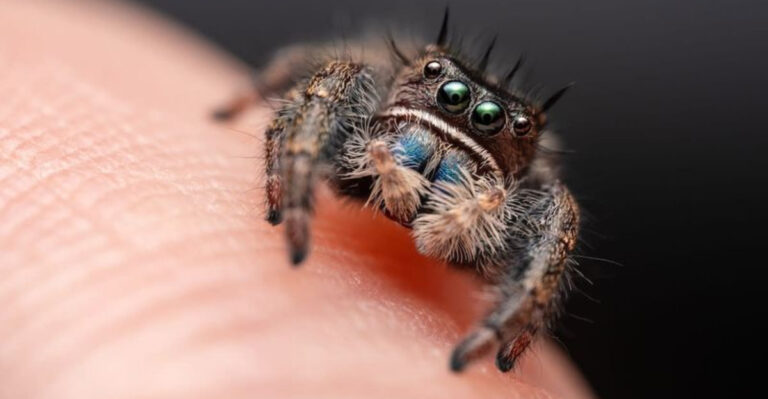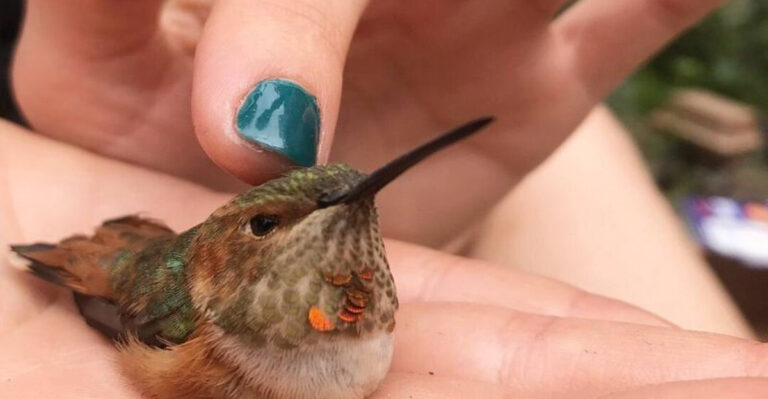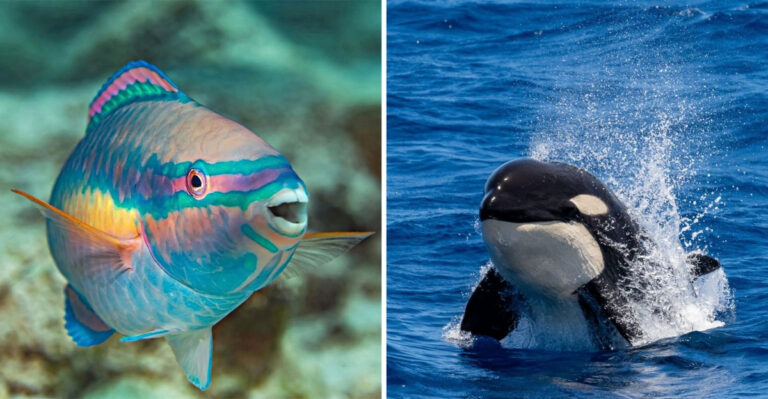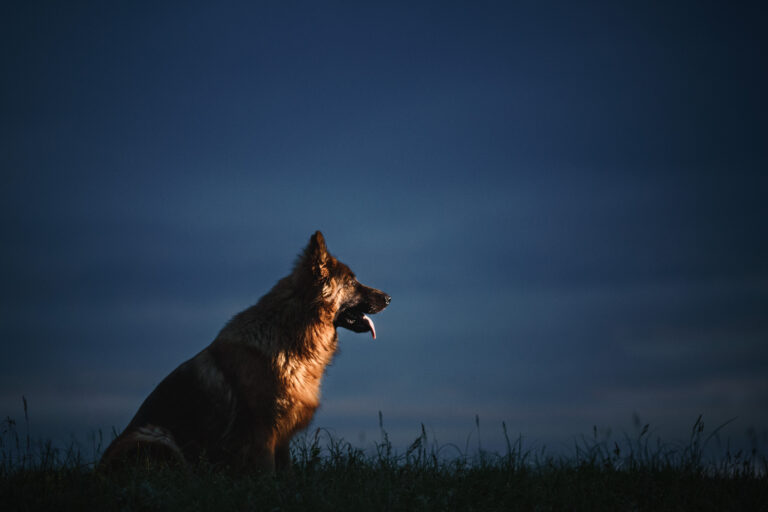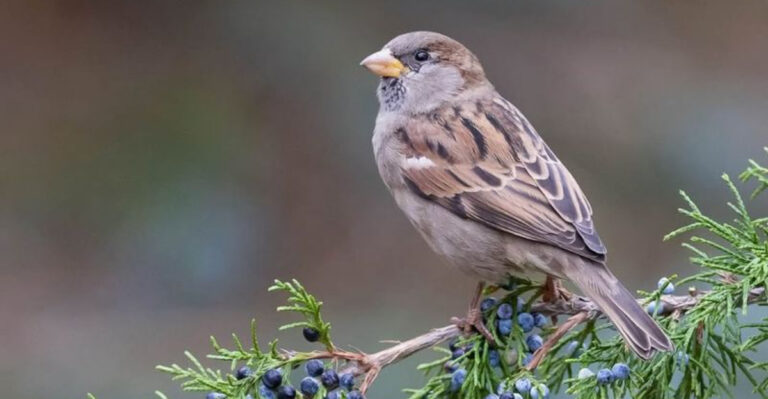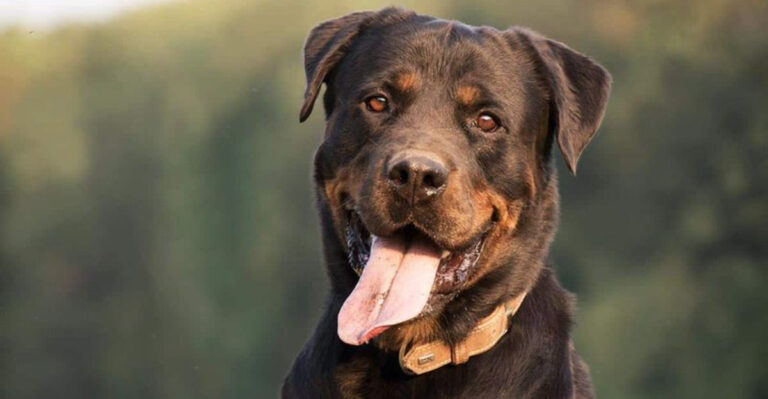Everything You Need To Know About Giraffes
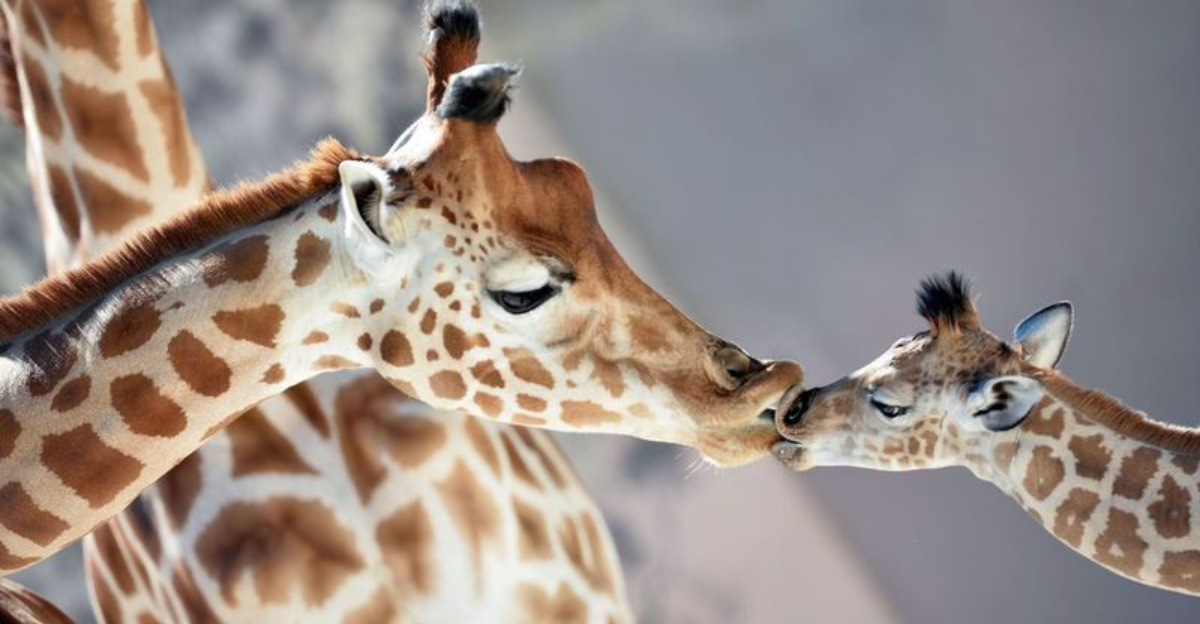
Ever wondered what makes those lanky giants of the savanna so fascinating? Giraffes aren’t just tall drinks of water; they’re extraordinary creatures with surprising abilities and quirks that few people know about.
Get ready to discover some jaw-dropping facts about these gentle giants that will forever change how you see these magnificent animals.
1. Tallest Land Animals On Earth
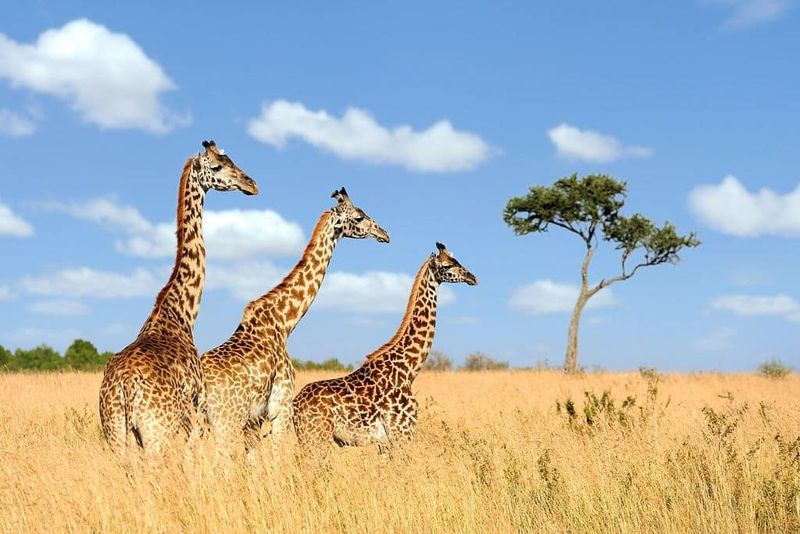
Standing at an impressive 18 feet tall, male giraffes could peek into your second-story window without stretching! Their height isn’t just for show – it helps them reach tasty leaves other animals can’t.
A giraffe’s extraordinary height comes primarily from its legs and neck, with legs alone measuring about 6 feet. That’s taller than many humans!
2. Hearts Of Champions

Pumping blood up that long neck requires serious power! Giraffe hearts weigh about 25 pounds and generate twice the blood pressure of humans.
Special elastic blood vessels prevent them from fainting when they bend down to drink. Without this adaptation, they’d pass out every time they lowered their heads – nature’s brilliant engineering at work.
3. Bizarre Sleep Patterns

Night owls would envy giraffe sleep habits! These towering mammals snooze for just 30 minutes to two hours daily, often standing up.
When they do lie down, they curl their necks back to rest on their rumps. Even then, they sleep in short bursts of about five minutes, keeping one eye open for predators. Talk about light sleepers!
4. Fingerprint-Like Coat Patterns

Just like human fingerprints, no two giraffes share identical spot patterns! These distinctive markings serve as natural camouflage, breaking up their outline against trees and bushes.
Scientists use these unique patterns to identify individual giraffes in conservation studies. The patterns remain unchanged throughout their lives, making them perfect natural identification cards.
5. Powerful Kick Defense
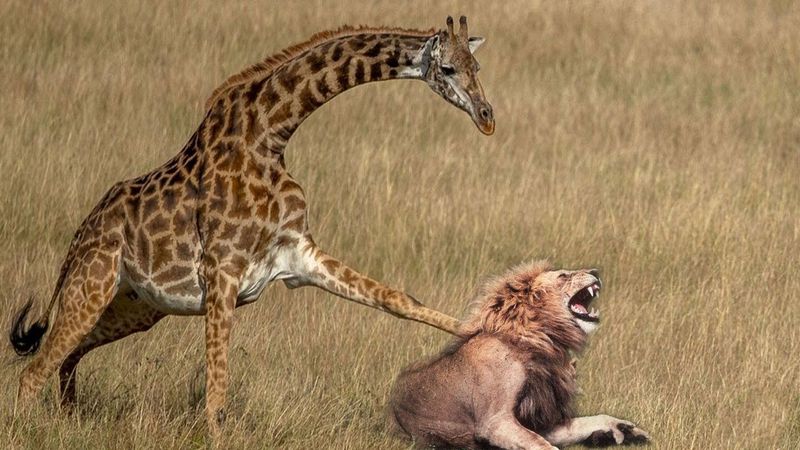
Forget karate – giraffe kicks pack enough force to decapitate a lion! Their long legs deliver lightning-fast, powerful blows that can seriously injure or kill predators.
A single kick can launch a lion 30 feet through the air. Even apex predators think twice before attacking adult giraffes. Their gangly appearance hides tremendous strength and defensive capability.
6. Blue-Black Tongues

Reaching nearly two feet long, giraffe tongues come in a surprising blue-black color! This dark pigmentation protects them from sunburn during hours of daily feeding in the harsh African sun.
Their prehensile tongues work like extra fingers, wrapping around branches to strip leaves. Watch a giraffe eat, and you’ll see this specialized tool in action, grabbing leaves with remarkable precision.
7. Silent Communicators

Despite having vocal cords, giraffes rarely make noise! They communicate through infrasound – rumbles too low for human ears.
These vibrations travel through the ground, allowing giraffes to chat across vast distances. They also use body language – neck positioning, head movements, and stance all convey different messages to fellow giraffes.
8. Crazy Blood Pressure System

Imagine having blood pressure twice as high as the average human! Giraffes need this supercharged system to pump blood up their long necks against gravity.
When they bend to drink, special valves prevent blood from rushing to their heads. Their legs have extra-tight skin acting like compression socks to prevent blood pooling. Without these adaptations, they’d constantly faint!
9. Baby Giraffes’ Dramatic Entrance

Talk about making an entrance! Baby giraffes drop nearly six feet during birth – a fall that actually helps break the umbilical cord and stimulate breathing.
Within an hour, these newborns stand on their wobbly legs. By day two, they’re running alongside mom! Born at around six feet tall, they grow nearly an inch every day during their first week.
10. Four-Chambered Stomach System

Like cows, giraffes are ruminants with four-chambered stomachs that process tough plant material through multiple digestive cycles. This efficient system extracts maximum nutrition from their leafy diet.
Watch closely and you might catch them chewing cud – partially digested food regurgitated for additional chewing. Their specialized digestive system allows them to eat plants that would be toxic to other animals.
11. Ossicones Instead Of Horns
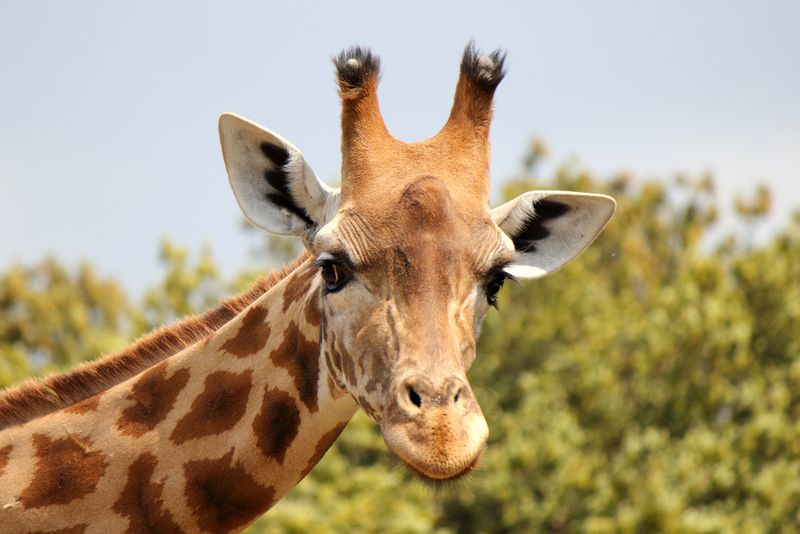
Those horn-like protrusions aren’t actually horns! Called ossicones, they’re made of cartilage and covered with skin and fur – totally unique to giraffes and their relatives.
Male giraffes use ossicones in combat, swinging their necks to slam these bony knobs into opponents. Over time, ossicones develop bald spots and calcium deposits from these battles for dominance.
12. Neck-Fighting Males
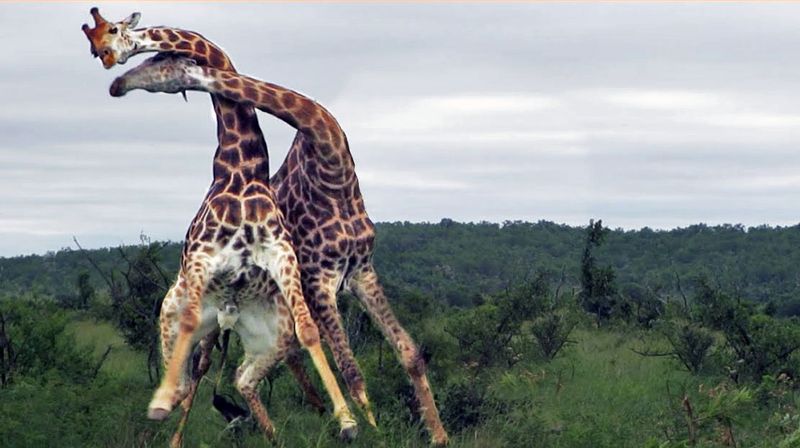
Male giraffes engage in epic battles called “necking” – swinging their massive necks like wrecking balls to establish dominance. These powerful blows can knock opponents unconscious!
Winners gain mating rights with females in the area. Despite the violence, these fights rarely cause serious injury, as the ossicones’ rounded shape prevents puncture wounds. Nature’s version of boxing gloves!
13. Endangered Status

Sadly, giraffe populations have plummeted by nearly 40% in just 30 years. These magnificent creatures face threats from habitat loss, poaching, and civil unrest in their native ranges.
Two giraffe subspecies are now critically endangered. Conservation efforts focus on protecting habitats and stopping illegal hunting. Without intervention, future generations might only see giraffes in pictures and zoos.

